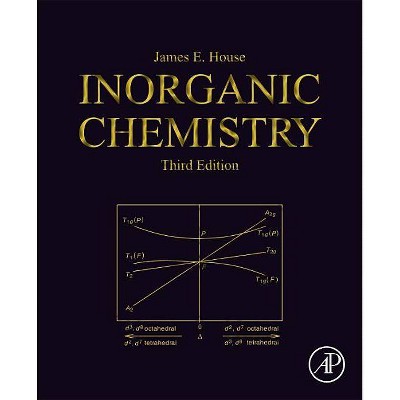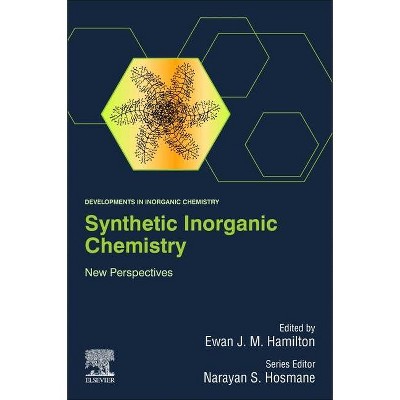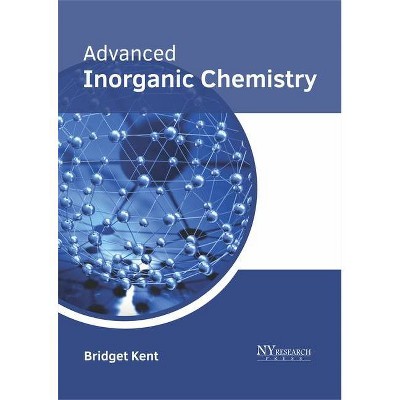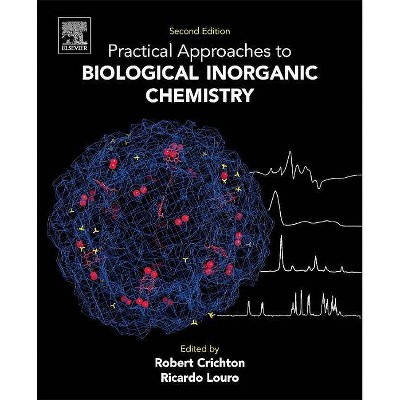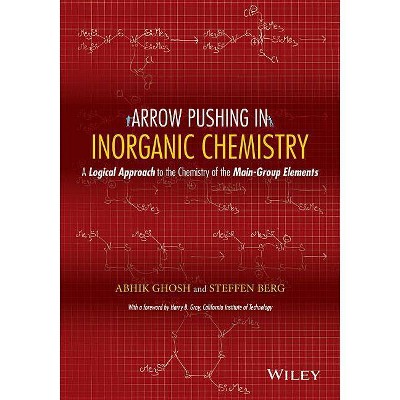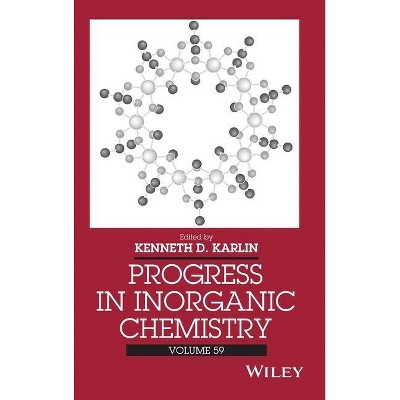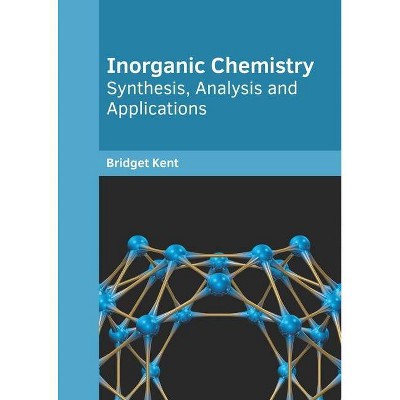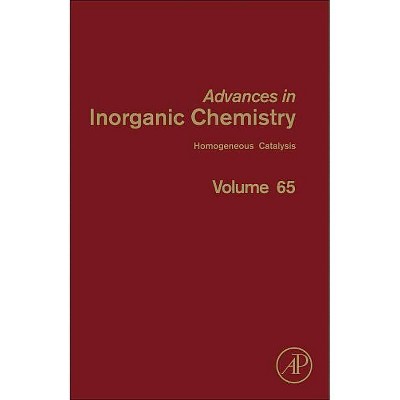Concise Inorganic Chemistry - 5th Edition by J D Lee (Paperback)
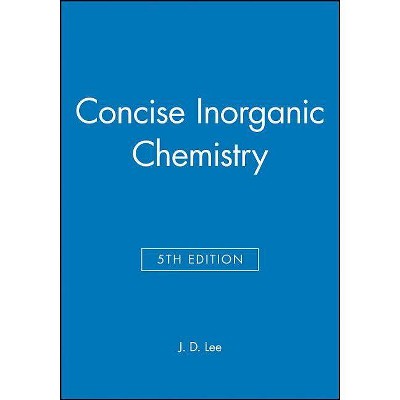
Similar Products
Products of same category from the store
AllProduct info
<p/><br></br><p><b> Book Synopsis </b></p></br></br>The fifth edition of this classic textbook has been extensively revised, but remains faithful to the principles that established it as a favourite among teachers and students around the world. The book is divided into six parts: theoretical concepts and hydrogen, the <i>s</i>-block, the <i>p</i>-block, the <i>d</i>-block, the <i>f</i>-block, and other topics (the nucleus and spectra). An important aspect of the book is its focus on the commercial exploitation of inorganic chemicals, something other textbooks do not cover, and this coverage has been expanded for the fifth edition. The treatment of the inorganic aspects of environmental chemistry has also been extended.<p/><br></br><p><b> From the Back Cover </b></p></br></br>The New edition of this classic book has been thoroughly revised, but remains faithful to the principles that have established it as a favorite among teachers and students around the world. It provides a concise and relevant treatment of inorganic chemistry and is written with such clarity that it is undoubtedly among the easiest to read of its competitors. <br /> <p>The book is organized into six 'Parts': theoretical concepts and hydrogen; the s-block; the p-block; the d-block; the f-block; and other topics (the nucleus and spectra). To make sections easy to find, the text ids divided into a large number of chapters and includes a comprehensive index, a detailed table of contents and around 600 references classified according to complexity.<br /> </p> <p>An important aspect of this book is its concentration on the commercial exploitation of inorganic chemicals, something noticeably missing among other texts at this level. In this new edition that strength has been built on and much of the coverage in this area has been extended and brought up to date. Interest in environmental chemistry has continued to escalate since the last edition and this is reflected in increased coverage of the inorganic aspects of the subject. Every chapter in the book has been revised and updated and it now follows the IUPAC recommendation that the main groups and the transition metals be numbered from 1 to 18.<br /> </p> <p>The guiding principle of the numerous changes to this new volume has been to ensure that treatment of material is always simple, straightforward and relevant. The result is a book which can be used with confidence by those who require a thorough grounding in inorganic chemistry and its importance to the modern world.</p><p/><br></br><p><b> About the Author </b></p></br></br><b>John Lee</b> is a Senior Lecturer in the Department of Chemistry at Loughborough University, UK and is the author of many books and journal articles.
Price History
Price Archive shows prices from various stores, lets you see history and find the cheapest. There is no actual sale on the website. For all support, inquiry and suggestion messagescommunication@pricearchive.us
